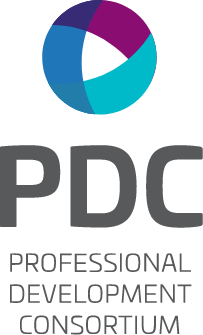You are here
Seven Simple Steps
April 24, 2017
By Brian Johnson, PDC Trusted Advisor, President & Founder, Johnson & Hunter, Inc.
Click here for Brian's full bio.
When he died last month at the age of 94, I pulled out the slim paperback written by Dr. Tom Amberry, recognized by the Guinness Book of World Records for shooting 2,750 free throws without a miss in 1993—at the age of 71! His book is titled, Free Throw – 7 Steps to Success at the Free Throw Line. Here’s the list:
Seven Steps to a Perfect Free Throw
- Feet square to the line
- Bounce ball three times with the inflation hole up.
- Thumb in channel, third finger pointing at the inflation hole.
- Elbow in.
- Bend your knees.
- Eyes on the target.
- Shoot and follow through.
That’s it! Simple, right? Now we all know how to do it!
If only acquiring skills were that easy. This got me thinking about the difference between having knowledge about something (which every reader of this blog now has), and the know-how to actually do something. It takes practice.
I just finished a wonderful book about practice titled, PEAK: Secrets from the New Science of Expertise by K. Anders Ericsson and Robert Pool. The authors of this book interview all sorts of people with expertise from elite athletes to world-class musicians to renowned surgeons. The not-so-surprising answer to the question of how you acquire expertise turns out to be the same as the old joke, “How do you get to Carnegie Hall?” Practice!
Experts engage in deliberate practice, and they do it more than others. That is what separates the great ones from the merely good. It isn’t natural talent. It’s practice. So in the spirit of Tom Amberry, here are our Seven Steps to Successful Speaking:
- Take a deep breath.
- Plant your feet.
- Get ready to gesture.
- Focus on your listeners.
- Speak in phrases.
- Emphasize key words.
- End sentences conclusively.
That’s it! Now, practice. Turn your knowledge into know-how with deliberate practice and you’ll develop expertise.


